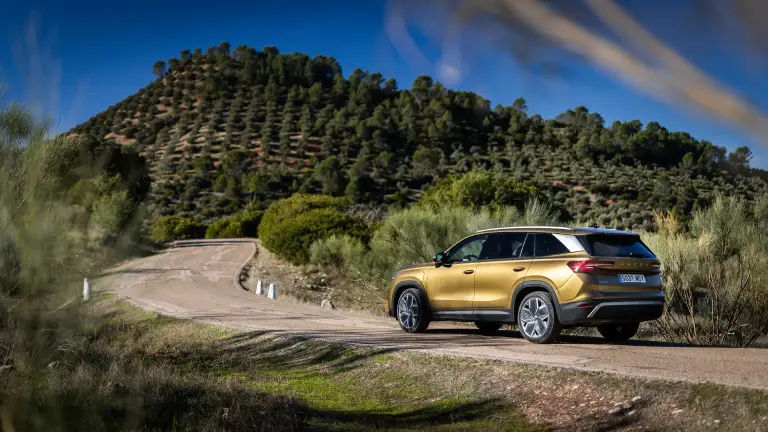› The LAURIN & KLEMENT E was the manufacturer’s first hybrid, introduced in the early 20th century; electric trucks followed in the 1930s
› Electric drive for the ŠKODA PUCK children’s car in 1941 and the ELTRA 151L in the 1990s
› Prototype OCTAVIA Green E Line, the modern precursor to the electrified CITIGOe iV and SUPERB iV
Mladá Boleslav, 1 September 2020 – When the electrified CITIGOe iV and the SUPERB iV plug-in hybrid were launched, electromobility at ŠKODA took off. However, the first experiences with electrified vehicles from Mladá Boleslav date back 112 years. The hybrid LAURIN & KLEMENT E from 1908 was followed in the 1930s by electric trucks and, in the 1990s, by the ELTRA 151L variants based on the ŠKODA FAVORIT and ŠKODA PICKUP. The OCTAVIA Green E Line was the modern precursor to today’s ŠKODA iV models. Starting in 2011, ŠKODA gained important electromobility experience by creating ten prototypes. The ŠKODA PUCK children’s car, which was presented in 1941 and could reach speeds of up to 12 km/h, plays a very special role in the brand’s electric history.
The role of electric pioneer belongs to the LAURIN & KLEMENT E: Its designer and inventor František Křižík is – as the developer of the arc lamp – often referred to as the ‘Czech Edison’ and also played a major role in the introduction of electric trams. In 1908, Křižík replaced the vehicle’s transmission with an electric motor, which provided the drive. The 28-PS petrol engine was only used to generate the necessary electricity. As a result, the LAURIN & KLEMENT E did not require a battery and can therefore be considered the first hybrid “made in Mladá Boleslav”.
Electric beer trucks and ŠKODA PUCKs for children
At the end of the 1930s, ŠKODA produced a compact truck with electric drive and a load capacity of up to three tonnes. This was used to supply beer to local restaurants in Pilsen. The electric truck had a comfortable, wide cab above the electric motor, which was mounted in front of the front axle. A striking feature of the truck was its aerodynamic front including an arrow-shaped, split windscreen. In 1941, ŠKODA entered the world of toys by presenting the PUCK: a car available in two sizes, for smaller and larger children. The PUCK was fitted with a Scintilla electric motor, working headlights and suspension for all four wheels. It even came with a built-in speedometer that displayed up to 12 km/h – the vehicle’s top speed.
Next steps in the 1990s
Between 1991 and 1993, around 100 of the ŠKODA ELTRA 151L were made based on the FAVORIT and the PICKUP, initially for Switzerland and then later for other European countries. The 15.4-kW electric motor enabled a range of up to 80 km and a top speed of 80 km/h. The charging cable placed conveniently behind the radiator grille was already a Simply Clever feature back then.
OCTAVIA prototypes to lead the way into the modern electric age
The OCTAVIA Green E Line laid the foundations for ŠKODA’s first steps into the modern era of electromobility. Starting in 2011, the Czech carmaker’s engineers began testing the practical suitability of the electric drive system with ten prototypes. The motor output was 85 kW at peak power and 60 kW in continuous operation. Batteries with a capacity of 26.5 kWh enabled a range of up to 150 km. Nine years later, ŠKODA entered its electrified future by commencing serial production of the CITIGOe iV and the SUPERB iV.

Hermann Prax
Head of Product Communications
T +420 734 298 173
hermann.prax@skoda-auto.cz
Štěpán Řehák
Product Communications
T +420 734 298 614
stepan.rehak@skoda-auto.cz











